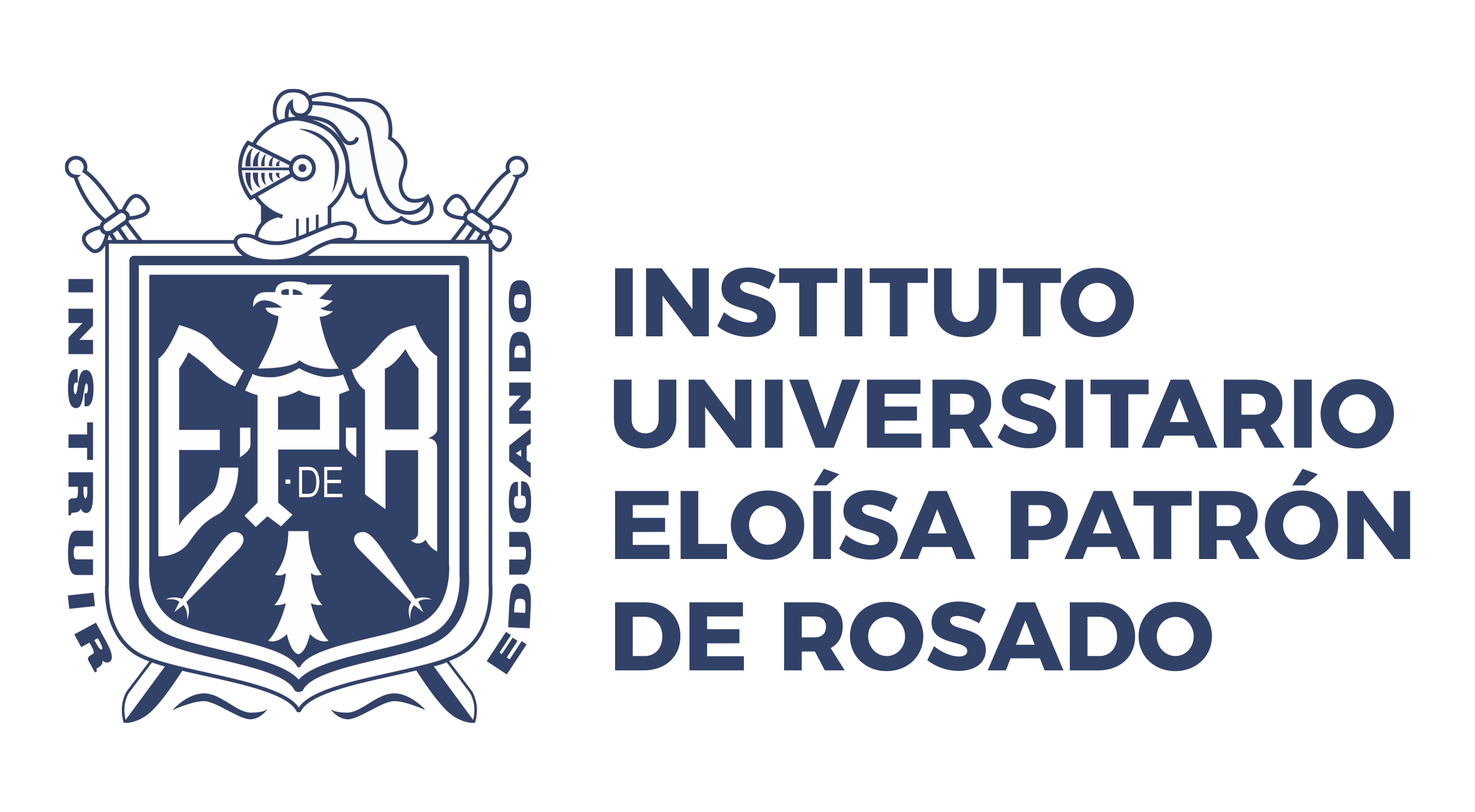id=»article-body» class=»row» section=»article-body»>
The Lifx Clean LED uses HEV light to kill bacteria like staph, strep and salmonella. Later this year, it’ll be tested for antiviral efficacy, including efficacy against the virus that causes COVID-19.
Lifx
We’ve seen plenty of smart lights you can control with your voice, as well as smart lights that sync with your music, with your TV screen, or with your home security system. But how about a smart light bulb that promises to disinfect your phone, or even your bathroom?
That’s the latest pitch from Lifx, a major smart lighting brand based in Australia. The company tells CNET it’s preparing to release a new Lifx Clean LED in North America later this year, billing it as «the world’s first antibacterial, germicidal smart light that works as a disinfectant.»
The $70 bulb looks and functions just like one of the company’s original, flat-topped Wi-Fi smart bulbs, complete with all of the colors, features and voice controls users are already accustomed to. What’s new are additional diodes that can be triggered to emit high-energy violet light. That HEV light — which Lifx claims is certified safe for people, pets and plants — is capable of killing certain kinds of germs and bacteria, including pathogens like E. coli and staphylococcus aureus.
It’s an approach that’s been used before in medical environments and in things like specialty light fixtures for the kitchen. Now, Lifx wants to bring the idea into the smart home.
«We’d been considering using germicidal light in a smart bulb before March, but the onset of COVID bubbled it up to the surface fast,» said Lifx CEO David McLauchlan. «When supermarkets the world over started to run out of cleaning products, when liquor companies started making hand sanitizer and clothing companies started making face masks, we started thinking about ways we could help.»
How it works
The Lifx Clean LED only activates its HEV diodes when you turn them on. The rest of the time, it’ll put out regular light in any color or any shade of white you like.
When it isn’t zapping bacterium, the Lifx Clean LED can put out light in any color or any shade of white you like.
Chris Monroe/CNET
«It’s a Lifx A19 (white and color), but with this extra thing, rather than just a weird blue light,» explains Lifx Global Marketing Director Sam Moore.
With a built-in Wi-Fi radio, you can connect the bulb directly with your home network — from there, you can control the bulb and schedule lighting changes from the Lifx app on your Android or iOS device. You can also connect the bulb with a third-party smart home system like SmartThings and Apple HomeKit, or with a voice assistant like Alexa, Siri or Google Assistant.
Lifx sees the bulb as a good fit for a smart lighting schedule. Screw the bulb into a bathroom vanity, for instance, and you could program it to bathe the space in HEV light each night as you sleep, killing bacteria in the area around your shower, toilet and sink. You could similarly turn a desk lamp into a disinfecting station for your cell phone, keys and anything else you touch regularly throughout the day.
«In certain ranges our lights can outperform non-smart commercial competitors, with overnight disinfectant kill rates of up to 99.99% for certain bacteria,» McLauchlan says.
What kinds of bacteria?
That’s a good question, and currently the subject of lab-based efficacy testing conducted by the Department of Chemistry and Biotechnology at Australia’s Swinburne University of Technology. Lifx tells CNET that it wants to be careful not to overstate any germ-killing claims, and that it’s still running various trials to determine the specific bacteria-killing efficacy at specific distances and for specific periods of time.
«We needed to get certain efficacy in testing to be a viable product,» Moore tells CNET. «We have that. We’re excited.»
For now, Lifx tells CNET that the tests have established efficacy against E.coli and staphylococcus aureus. The company adds that it will be publishing detailed bacteria kill rates closer to launch next quarter, and that additional tests are underway and in the works.
Is it safe?
The Lifx Clean LED arrives amid a global pandemic, and interest in germicidal light is surging. Much of that interest has centered on ultraviolet UVC light, which functions as a natural and long-established antiviral disinfectant, but comes with significant safety concerns, since even a few moments of direct exposure can be hazardous to the eyes and skin.

Comentarios recientes